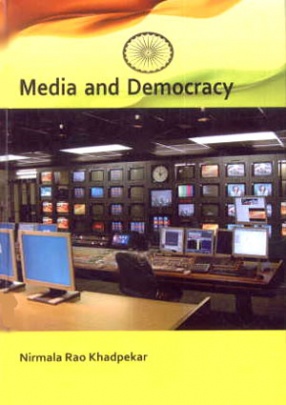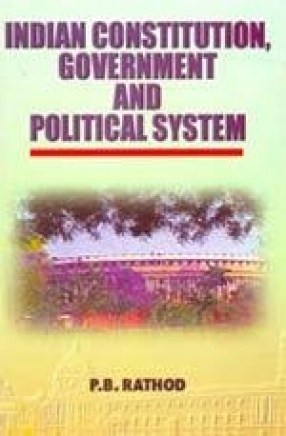Ethics impact media which includes broadcast medium, film, theatre, the visual and performing arts and the Internet in addition to the earliest, that is print medium. In this book the boundary of our enquiry is print medium, and in that news presentation, while touching upon broadcast and other technological interventions that have spawned into the media world. Journalism ethics, by far the most well-defined aspect of media ethics, contains ethical issues that spring from applied analysis and theory which include the nature of assertion. It has also dominated media ethics discussion as news is fragile, needs judgment prior to dissemination and can cause unintended harm. This harm limitation aspect of journalism is now become a critical aspect of practice of this craft as the manner in which news is transmitted across the wires increases its potential impact across nations and cultures. The instant factor of news portrayal needs to be sensitive to diversity and not be homogenized to be acceptable to the powers that be. Dumbing down of news, poor source crediting and presumed fact-checking are simply delegating trust along the line to an unsuspecting reader. In its ultimate practice, the ethical part of journalism goes well beyond just journalism to broader social and political codes as required to strengthen what liberal democracy is all about. The commoditization of news and its potential to ripple far from its place of origin have become areas of concern for ethicists.
Media Ethics: Global Dimensions
In stock
Free & Quick Delivery Worldwide
reviews
Bibliographic information
Title
Media Ethics: Global Dimensions
Author
Edition
1st ed.
Publisher
ISBN
9788131420324
Length
284p.
Subjects








There are no reviews yet.